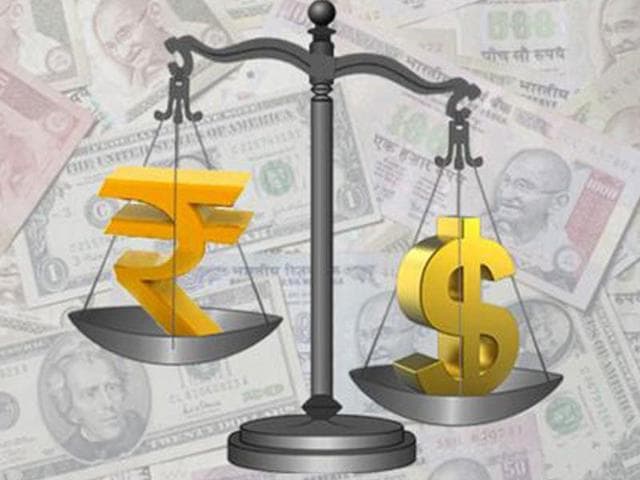Steep fall of rupee hits small and medium sector hard
Even as input costs have gone up, the industry is unable to pass on the burden to the consumers due to poor market sentiments.
The steep fall of the rupee has got the industry worried.

Even as input costs have gone up, the industry is unable to pass on the burden to the consumers due to poor market sentiments.
While importers stand to lose as they pay in foreign currencies, the exporters too are not benefiting much as input costs have gone up and clients are putting pressure to revise the rates.
Meanwhile, there is more bad news for consumers as a range of products will turn costlier due to the steep fall in rupee.
“The small and medium enterprises (SMEs) have been hit hard. While raw material costs have gone up, it will be difficult to pass on the burden to the consumers due to recessionary conditions. On the banking front, Reserve Bank of India (RBI) has tightened the liquidity and so funds are not easily available,” CII Madhya Pradesh state council president Ranjan Mimani told HT.
Additionally, the transportation cost has gone up due to hike in prices of petrol and diesel.
This, industry experts say, will have a cascading effect on the prices.
“Our balance of payment is negative, and a weak rupee is further worsening the situation. The government’s foreign exchange reserves are low. The situation is becoming worse than what it was during 1991 crisis. I think it is about time that the finance minister should resign,” Pithampur Audyogik Sangathan president Gautam Kothari told HT.
The price rise has also failed to cheer the exporters from the region.
“The fall in rupee will not make much of a difference to the exporters,” MP Textile Mills Association secretary MC Rawat told HT.
“The cotton prices have shot up and other input costs have also gone up while clients (importers) are putting pressure to revise the rates. After any new contract is signed, it takes about six months to receive the payment,” he added.
The rupee touched a record low of 64.13 against the dollar on Tuesday.
The rise in rupee is also bad news for the consumers as prices of a range of products including electronic gadgets will go up.
The Federation of Indian Export Organisations (FIEO) said while the depreciating domestic currency would help exporters in a way but it also increases their manufacturing cost due to high import content in products.
Current account deficit, which indicates imports of goods, services and transfer, are higher than their exports services and transfers, touched 4.8% ( or $88.2 billion) of country’s gross domestic product (GDP) in 201213 period.





